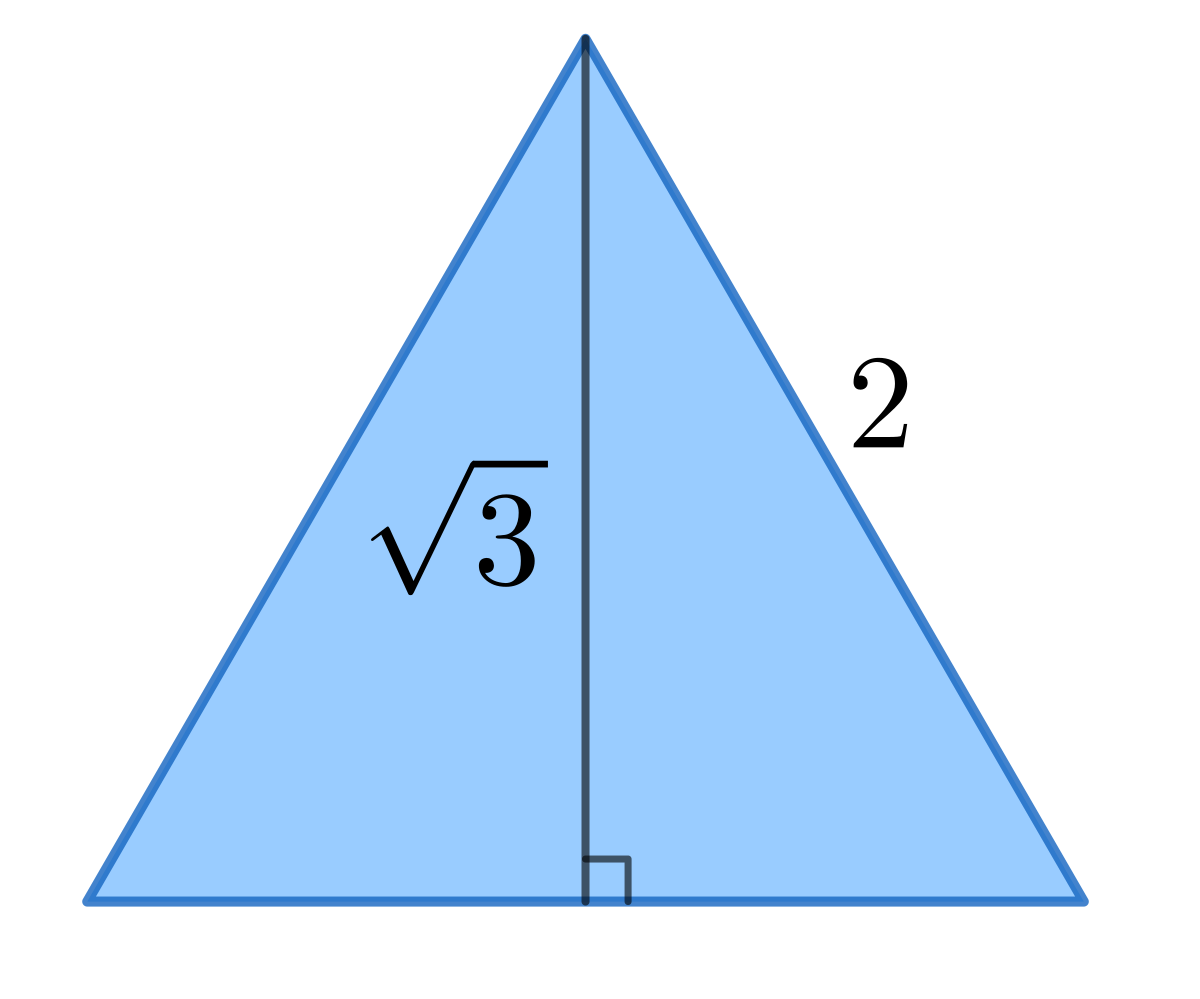NickAnderson
New member
- Joined
- Oct 21, 2020
- Messages
- 1
The question relating to this is "Assuming the height of the triangle is 1m, what is the base of the triangle to 2 decimal places?"


The question relating to this is "Assuming the height of the triangle is 1m, what is the base of the triangle to 2 decimal places?"
It is in the title of the thread.No mention of equilateral triangle ! Which is it??!!
My whole intention was to point out that the OP is not paying attention - S/he has no intention of "solving the problem" .I agree that it is best to state the whole problem in the thread, not part of the problem in the title. However in my opinion the OP did state the whole problem. Sure it could have been better but it is complete.
Let x be the length of all the sides. Now draw the height. Next use Pythagoras' theorem for the left triangle you now have after drawing in the height. Solve for x.
